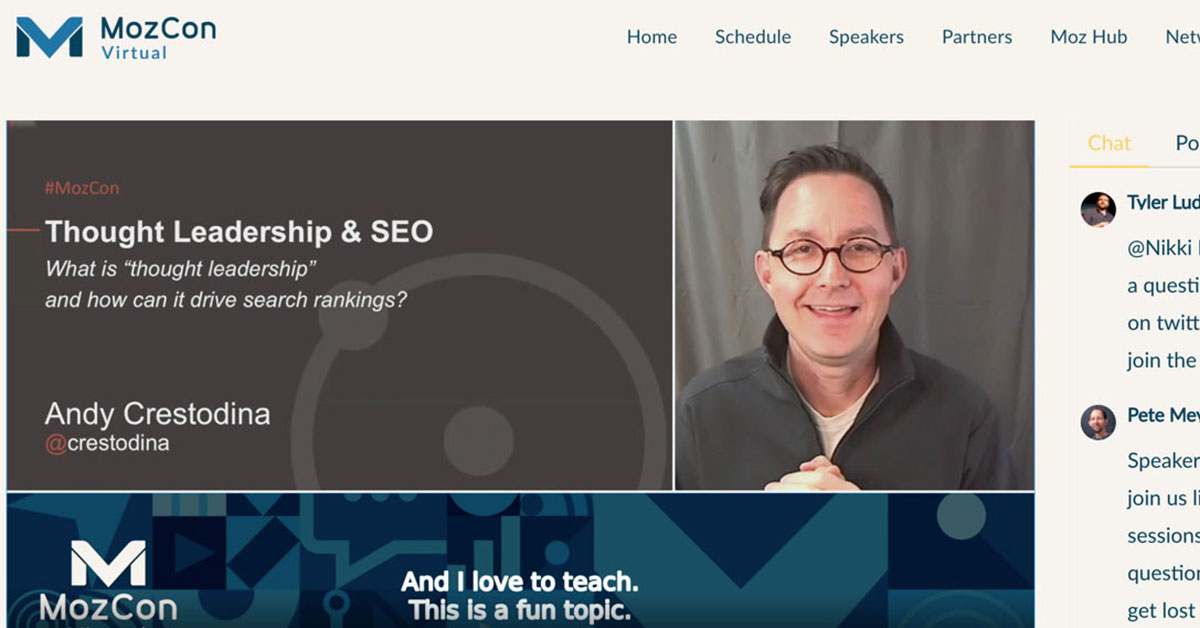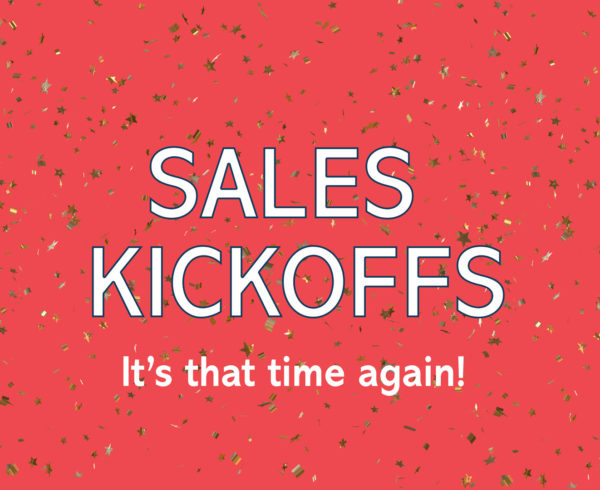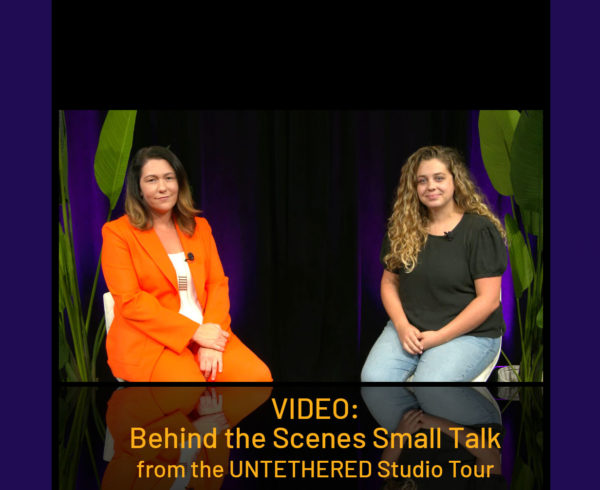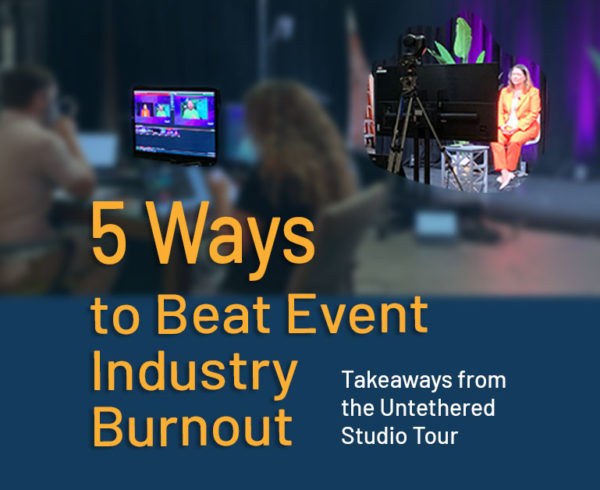 The desirability, value, and emotion of face-to-face interaction at in-person events will never go away. But in today’s COVID-19 world, transitioning your in-person event to a virtual one is a likely scenario.
The desirability, value, and emotion of face-to-face interaction at in-person events will never go away. But in today’s COVID-19 world, transitioning your in-person event to a virtual one is a likely scenario.
Despite the demand for virtual events over the last several months, which format to use— live or semi-live, is still unfamiliar to the industry. Through numerous consultations with event planners, I have noticed one of the first tendencies is to believe their event needs to be live in order to recreate the fun and excitement of an in-person event. I understand the pressure planners are under to design a virtual event that is comparable to an in-person event, but making a virtual event completely live can be a misstep.
Live vs. Semi-Live
There is something to be said for that feeling when you’re watching something as it’s happening live. A live virtual event can make more of a connection with your audience and feel more personable. Speakers are able to acknowledge participants as they join and interact with the audience in real-time, providing authenticity. Live events often bring an element of reality and fun that a pre-recorded event might not be able to deliver.
And, there are definitely occasions when your event needs to have a live component, such as a fundraiser auction, or a Q&A session.
Semi-live events — where the bulk of your content is pre-recorded and produced to keep your audience engaged and manage quality — marries the control and continuity of a pre-recorded production with the personability of a live event.
The Key Considerations
Technical Difficulties
During a live event, what you see is what you get. If the presenter misspeaks, audio is lost, internet connections go down — that is the experience your audience will remember. A recent client decided to go live with their President’s opening presentation, and his internet froze in the middle of the delivery. Fortunately we had contingency plans in place, but a key takeaway is that if the segment you decide to broadcast live is mission-critical, don’t rely on the internet. Pre-recording allows you to edit out any awkward moments or technical hiccups. It also avoids many of the other challenges live events present, such as planning around different time zones and connectivity issues during the event. Pre-recording also removes the responsibility and hassle of managing the technical hurdles placed on remote speakers in order to pull off a live event, and ensures their experience is a positive one.
It’s the Content That Needs to Shine
Good speakers and high-quality content make your viewer feel like it’s worth tuning in. High production value is what makes them want to stay. Pre-recording sessions and then investing in editing or post-production can remove the risk of sub-optimizing your speaker’s content for the trade-off of going live. Keep in mind that anything a pre-recorded session may lack in real-time engagement, can be made up for with professional production. For the attendee, it really doesn’t make a difference if the delivery of the content is pre-recorded or live, they just want it to be captivating and will quickly lose interest if the content is poorly produced. Post-production such as graphic overlays, music, and branding will polish the presentation to a high sheen and keep your audience attentive.
The Goal: Deliver An Exceptional Experience
Semi-live virtual events allow you the opportunity to merge the best elements of an in-person live event with a full range of technical and creative broadcasting tools. With the worry of excitement being lost, planners often opt for live events assuming that everything will go perfectly. That is a risky assumption! My advice to planners creating a virtual event is to:
- Break down your schedule
- Look critically at each section of the agenda and drill down into the individual components of each
- Unlike in-person events, go a step further and decide which components within sections— if any— should be live
- Work with professionals to produce the program
Rather than trying to jam the old way (in-person events) into the virtual world, recognize the new framework and build your event around it by creating content specifically for the virtual world.
The distractions event planners are competing with in a virtual event environment are outside the scope of their usual job, and unlike anything they are used to dealing with. Attendees experiencing events on a computer or mobile device instead of in-person has become another “new normal”. The good news is that hosting virtual events in lieu of live events is proving to be worthwhile and leave lasting impacts with attendees when done right. If you are grappling with these types of decisions, I’d be happy to connect and talk through options with you.






